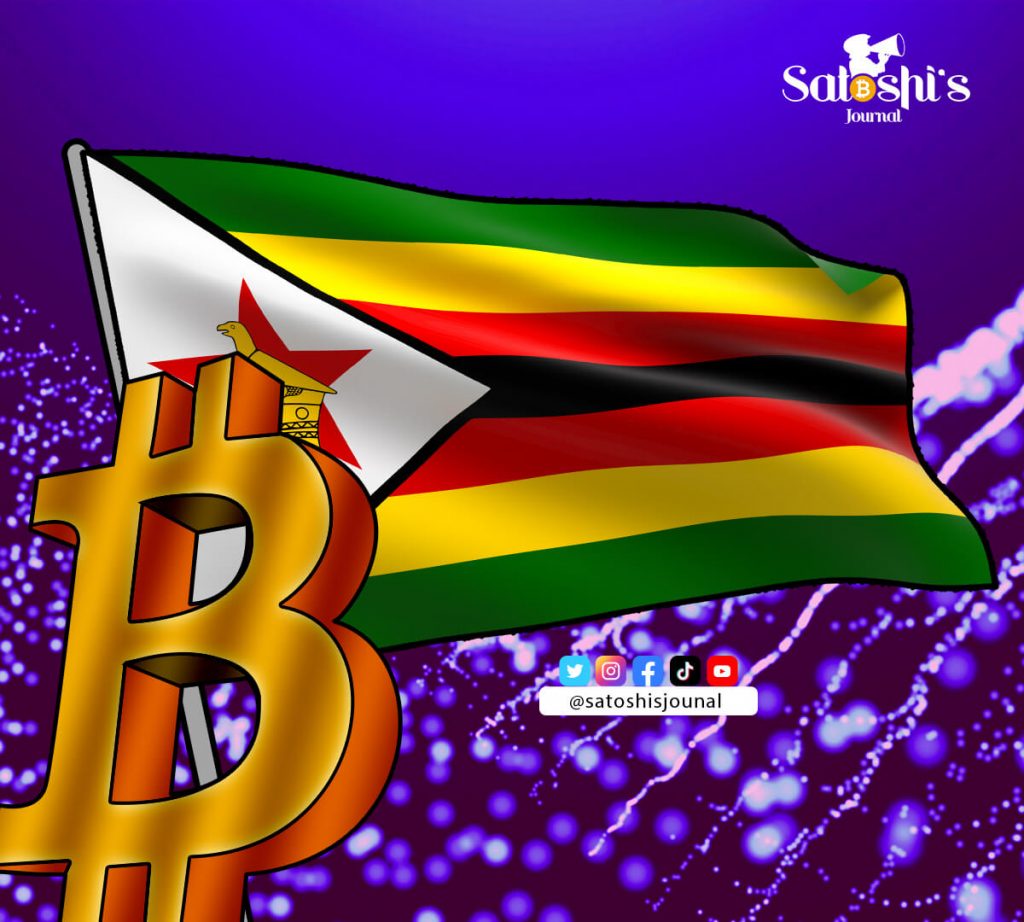It was the year 2009 when Zimbabwe abandoned printing its billion and trillion dollar notes. The preceding years before that were quite difficult. I vaguely remember them, since I was only a child, but years later we made paper planes from those same banknotes and built paper houses. Dollarisation had come and I remember the fairly good years that followed.
However, quite recently the Zimbabwe dollar was reintroduced, pegged at $1 US dollar to $1 Zimbabwean dollar. This brought a lot of flashbacks to the painstaking years of the early 2000s, and people quickly braced themselves for another round of hyperinflation that would soon hit the country.
This time, I was in High School and could understand the impacts that would soon follow the next few, hard years. Our parents got their salaries in the local currency, which during the first few months could cover the bills and buy food. But as each month dragged along, the harder it was for them to even afford to buy the basic necessities, not to mention cover the bills.
Daily, people aired their frustrations about the worthless money they had, from the people lining up at the banks, to the long queues in the grocery market. It was at this point where talk of Bitcoin started creeping in. It was around 2018 when I heard about Bitcoin, but I paid no attention to it. It sounded like gibberish to me, and besides, how could money we could not physically touch or see solve our money problems?
It was only some years later during the onset of the Corona Virus that I understood the importance of a decentralized currency. The prices of goods and fuel had significantly gone up, and the typical Zimbabwean could only afford a few loaves of bread from a month’s salary. Not only that, but inflation hit the United States Dollar, the money we all loved so much as a country. If our local currency was always losing value by the day and the United States Dollar also could be affected by inflation, then what would solve the money issue?
It was late March of 2021, and Zimbabwe was heading into its first two week lockdown. Food was needed in the house and we patiently waited for my mother’s salary to reflect in her bank account. After what seemed like ages, the money did come through. But to our disbelief, it was roughly the equivalent of $35 US Dollars!
To put into perspective how little money this was, a loaf of bread in Zimbabwe costs around $1 US dollar. So that means with one month’s hard earned salary we could only purchase 30 loaves of bread!
It was during those early months of the pandemic when I finally decided to learn more about Bitcoin.
A good friend from school explained to me the basics and how it worked, and I was soon actively following Bitcoin. I am no economics professor, but I understood that having a decentralized currency meant that no person, government or any other entity could interfere with it. It was finite as well which meant it would likely increase in value due to its scarcity, unlike our Zimbabwean dollar which lost value with each coming week.
As the economic situation worsened in the country, the more Bitcoin gained in popularity. It’s 2022 and unfortunately nothing much has improved with our Zimbabwean dollar, which is currently trading at $320 to $1 US dollar, the black market rate, and ever increasing. However, despite this, there is some light at the end of the tunnel with many people understanding the importance of using a decentralized currency like Bitcoin.
It might not solve all of our problems, but it would definitely make life easier for millions of people!



1 Comment
What a story! Thank God for Bitcoin!